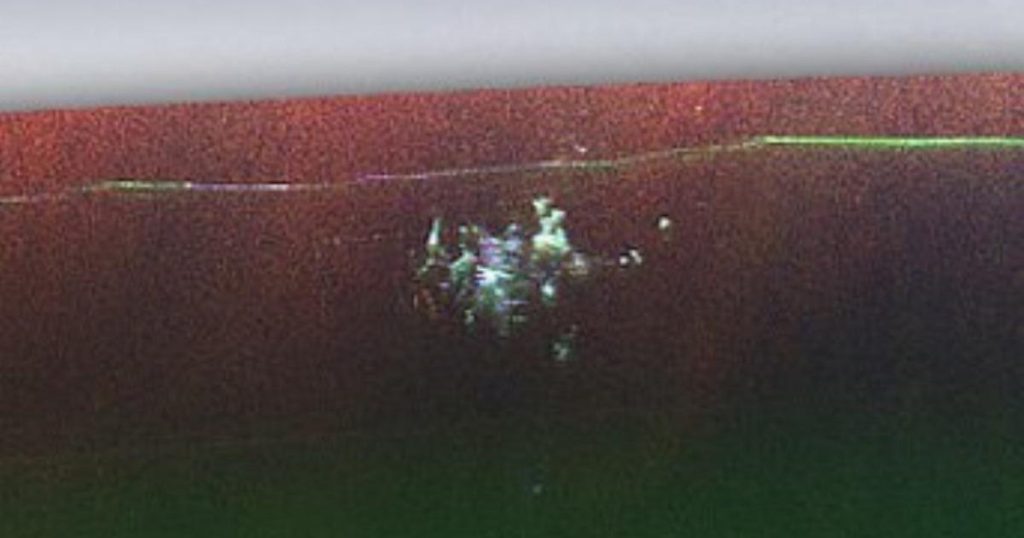Project Iceworm: A Cold War Relic Under Greenland’s Ice
Buried deep beneath Greenland’s frozen expanse lies a network of tunnels known as Camp Century, a relic of the Cold War’s tense geopolitical landscape. Conceived in the 1950s under the codename Project Iceworm, this ambitious undertaking was intended to house hundreds of ballistic missiles, providing the US with a strategic advantage in the event of a nuclear conflict with the Soviet Union. The sprawling subterranean complex, spanning three kilometers, was designed to be a self-sufficient city beneath the ice, complete with laboratories, shops, a cinema, a hospital, and living quarters for hundreds of personnel. Supplies were transported via specially designed "Sno-Trains" equipped with massive wheels to navigate the challenging icy terrain. The base represented a significant investment in military preparedness and a testament to the era’s anxieties surrounding nuclear war.
However, the seemingly impenetrable fortress of ice proved less stable than anticipated. Within a decade of its construction, Camp Century was abandoned in 1967 due to the shifting nature of the Greenland ice sheet. The movement of the glacier threatened the structural integrity of the tunnels, rendering the base unsustainable. Despite its short lifespan, Camp Century remained largely forgotten, its secrets buried beneath layers of accumulating snow and ice. Recent advances in radar technology have allowed scientists to rediscover the abandoned base, revealing the layout of its tunnels and facilities with unprecedented clarity. The discovery has rekindled interest in this Cold War relic and its implications for the future.
Adding to the complexity surrounding Camp Century is the presence of nuclear waste left behind after the base’s decommissioning. Under the assumption that the site would remain perpetually frozen, the US Army removed the nuclear reactor but left behind a substantial amount of waste, equivalent in mass to approximately 30 Airbus A320 airplanes. This buried waste poses a potential environmental hazard, as the long-term stability of the Greenland ice sheet is increasingly uncertain due to the effects of climate change. The melting ice could eventually expose the waste, raising concerns about contamination and the need for remediation. This adds another layer of complexity to the legacy of Camp Century and underscores the long-term consequences of Cold War activities.
The renewed interest in Camp Century coincides with discussions about Greenland’s geopolitical significance. Former President Donald Trump’s controversial remarks about acquiring Greenland highlighted the island’s strategic importance, particularly in the context of Arctic resources and military positioning. While the notion of purchasing Greenland was met with resistance, it underscored the island’s increasing relevance in international affairs. Camp Century, though a historical artifact, becomes a tangible reminder of past military interests in the region and adds a historical dimension to contemporary discussions about Greenland’s future. The base’s existence serves as a physical manifestation of Cold War tensions and their enduring impact on the Arctic landscape.
While Camp Century serves as a unique example of a Cold War-era underground base, other such facilities exist around the world, designed to provide refuge and continuity of government in the event of a catastrophic event. These sites, often shrouded in secrecy, represent a complex network of underground bunkers and command centers. One example is Wood Norton, a tunnel network in Worcestershire, England, originally acquired by the BBC during World War II as a potential fallback location. In the United States, facilities like Peters Mountain in Virginia and Raven Rock Mountain Complex in Pennsylvania are designed to support government operations in times of crisis. Cheyenne Mountain Complex in Colorado, with its underground reservoirs and even an underground lake, further exemplifies the elaborate preparations undertaken to ensure continuity of government.
These underground facilities, though diverse in their specific purposes and locations, share a common thread: they represent a response to perceived existential threats, whether from nuclear war, natural disasters, or other unforeseen events. They offer a glimpse into the strategic thinking and anxieties of their respective eras, reflecting the enduring human impulse to seek security and continuity in the face of potential catastrophe. From the icy depths of Greenland to the mountains of Virginia and Colorado, these subterranean complexes stand as testaments to the complexities of national security and the ongoing pursuit of safety and resilience in an uncertain world. They remain a relevant topic, reminding us of the enduring legacies of past conflicts and the ongoing need for preparedness in the face of potential future threats.











